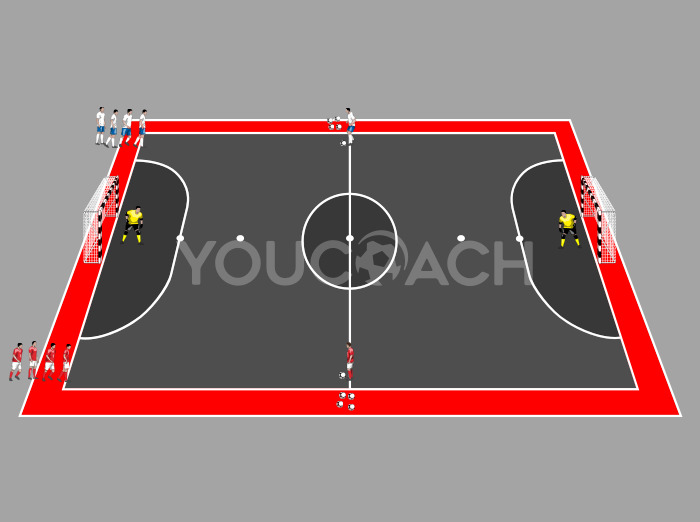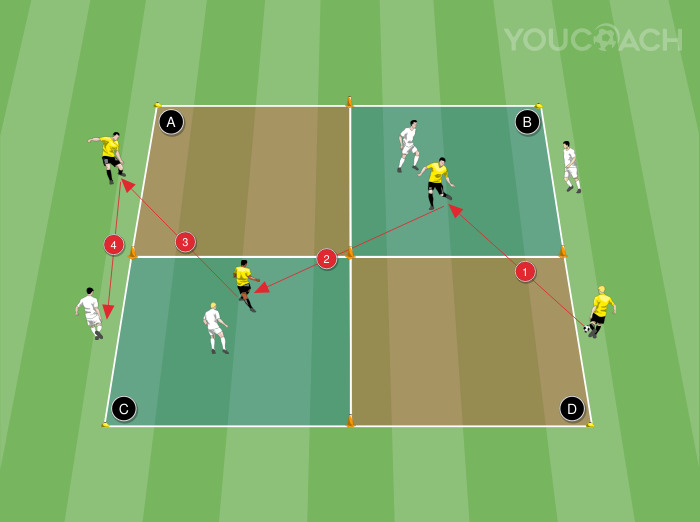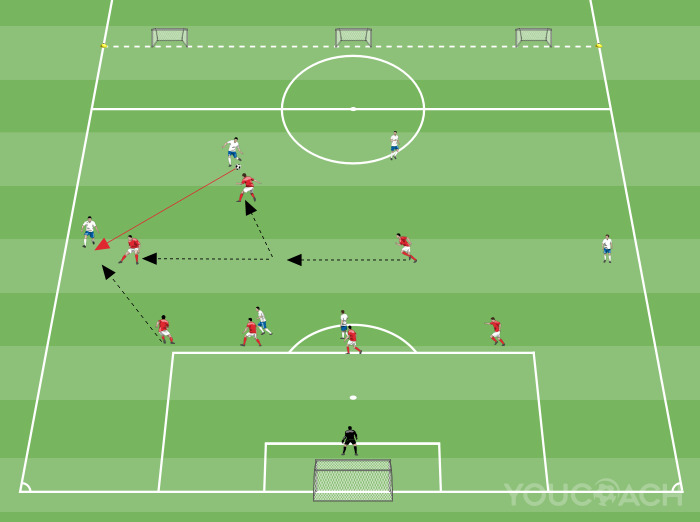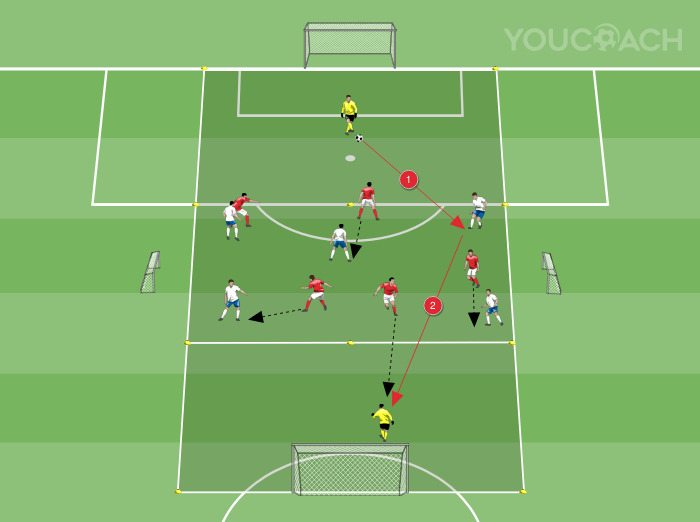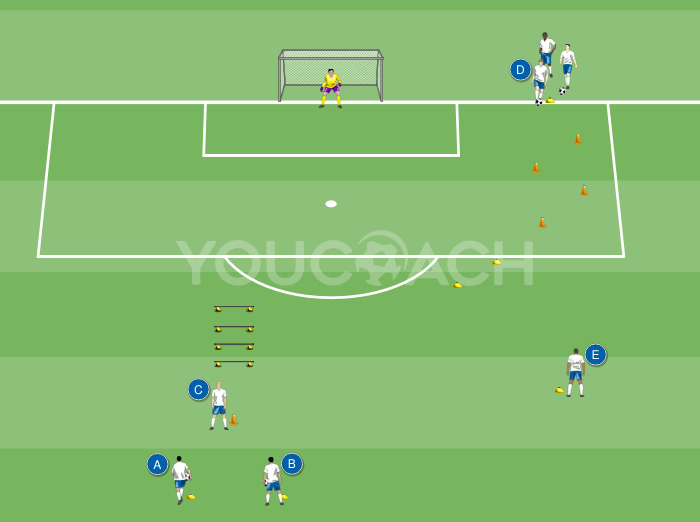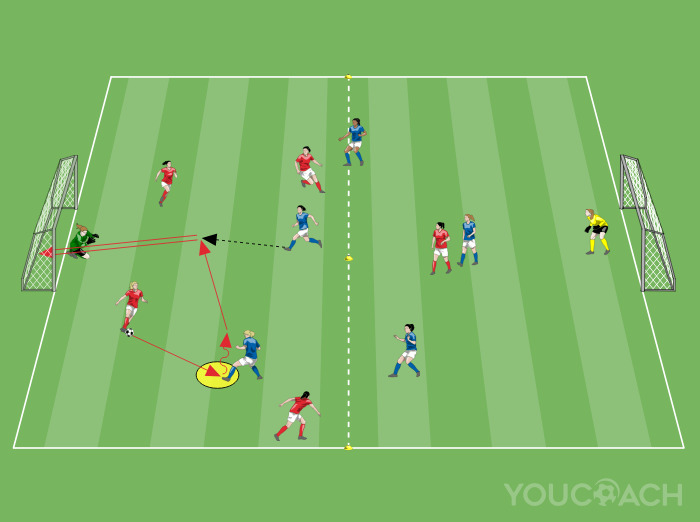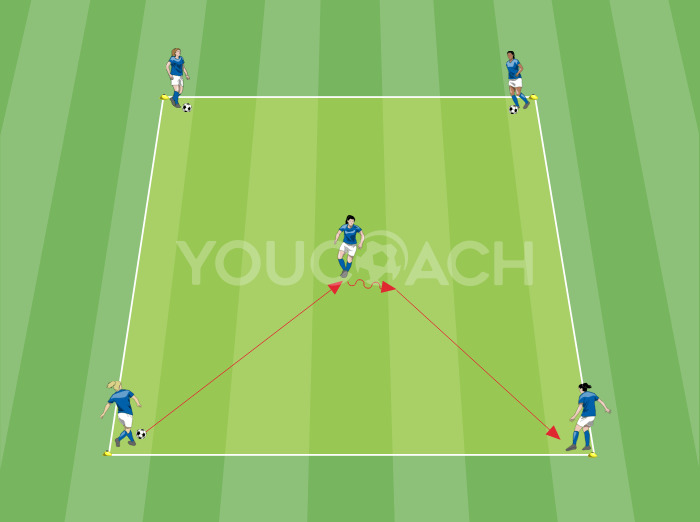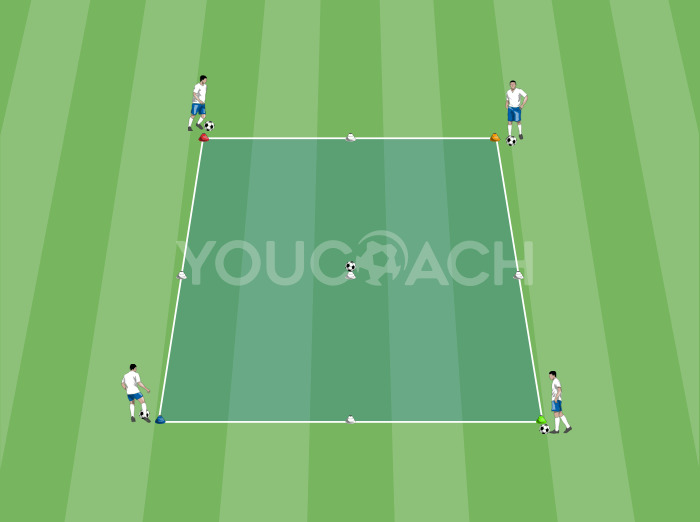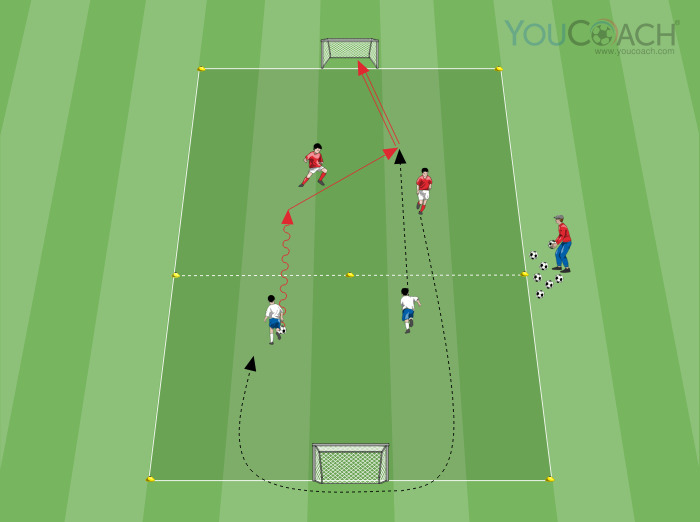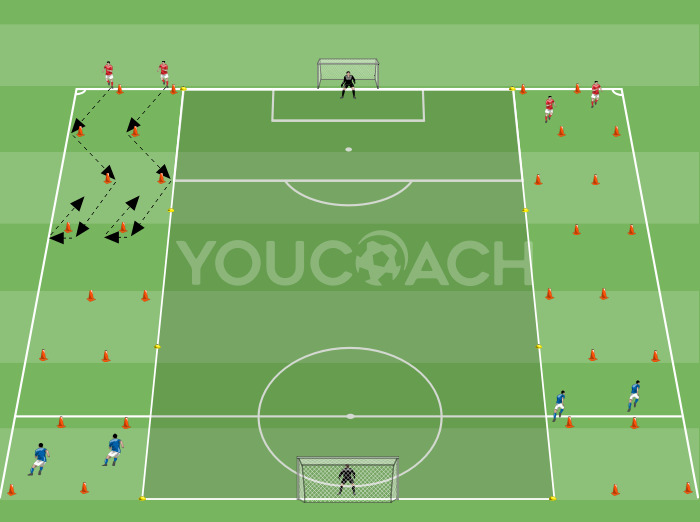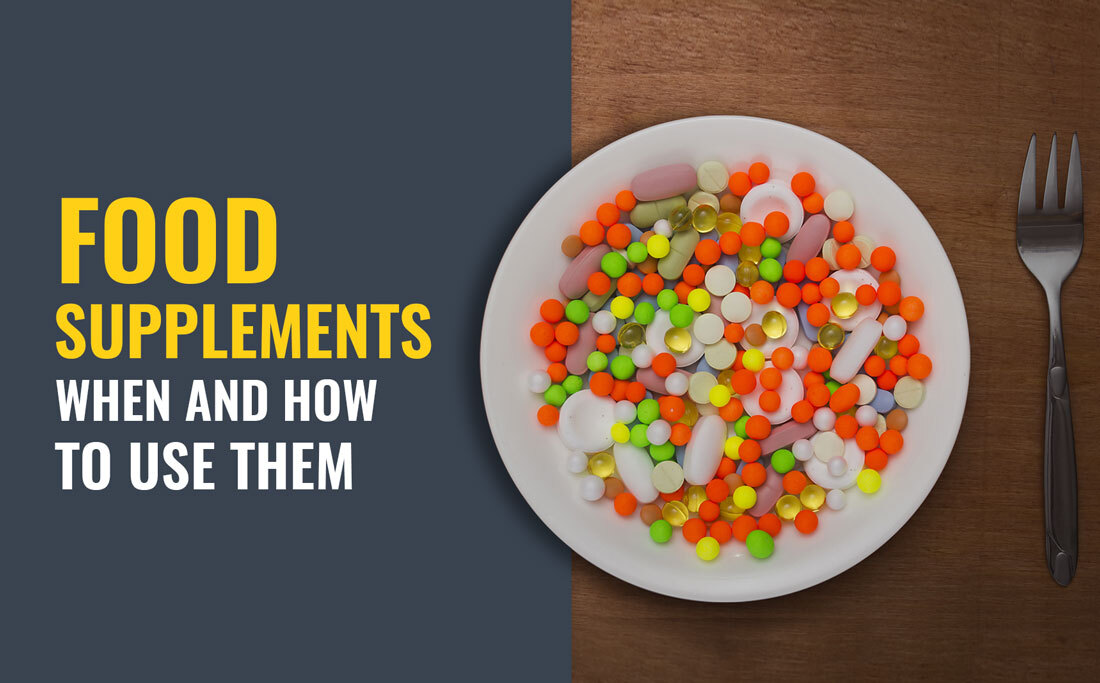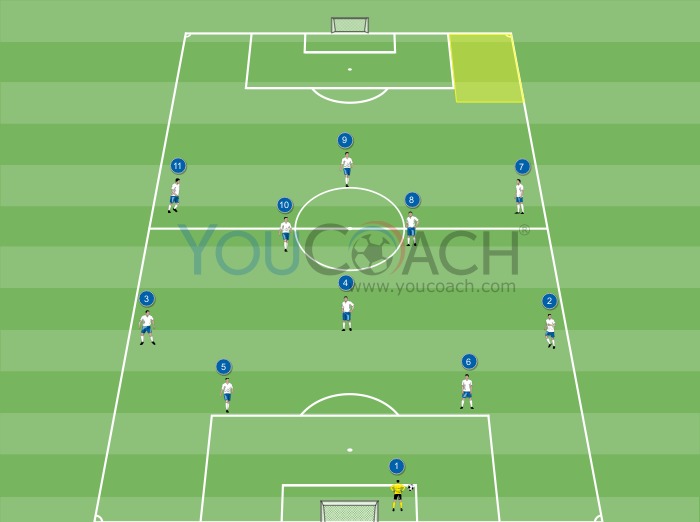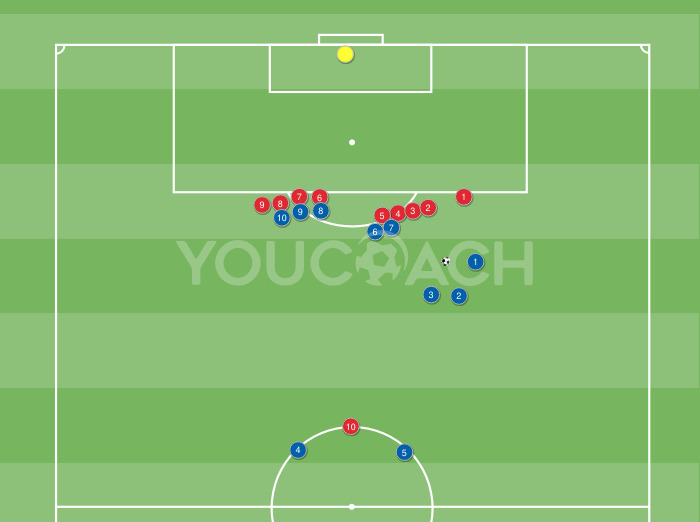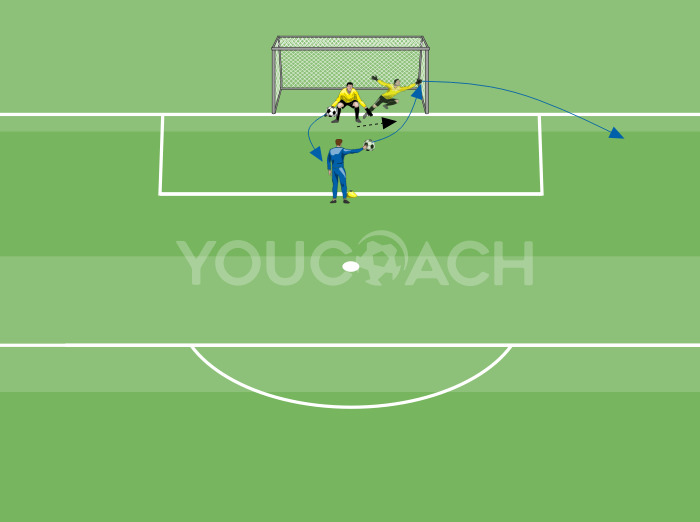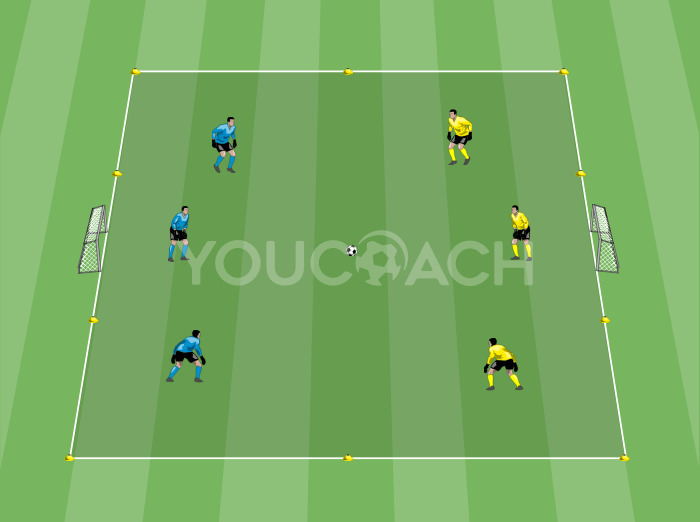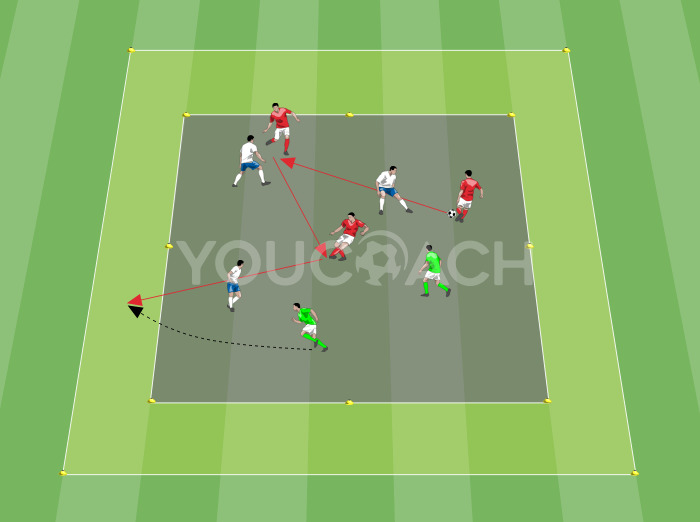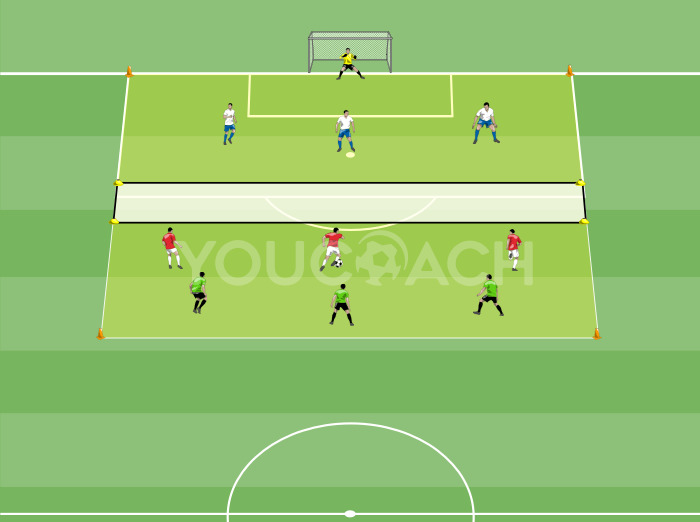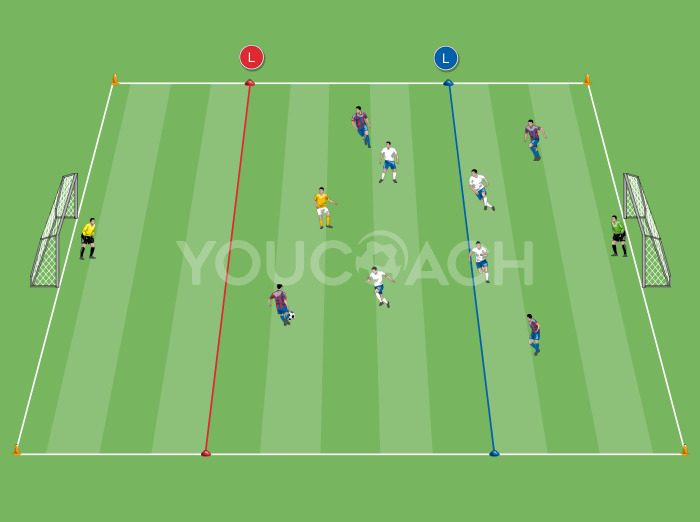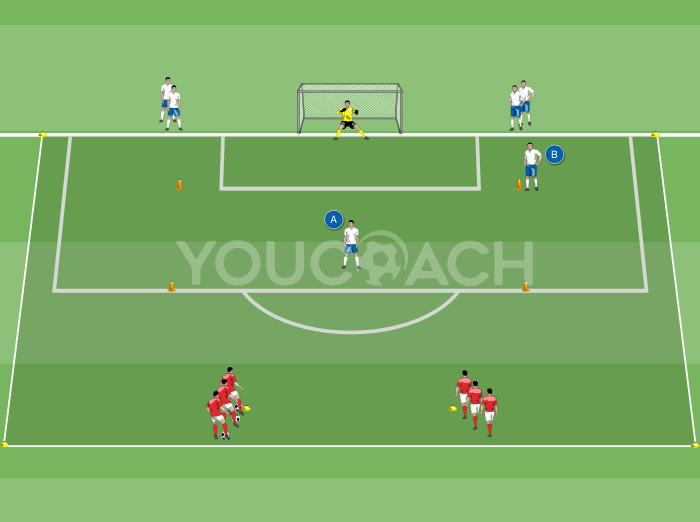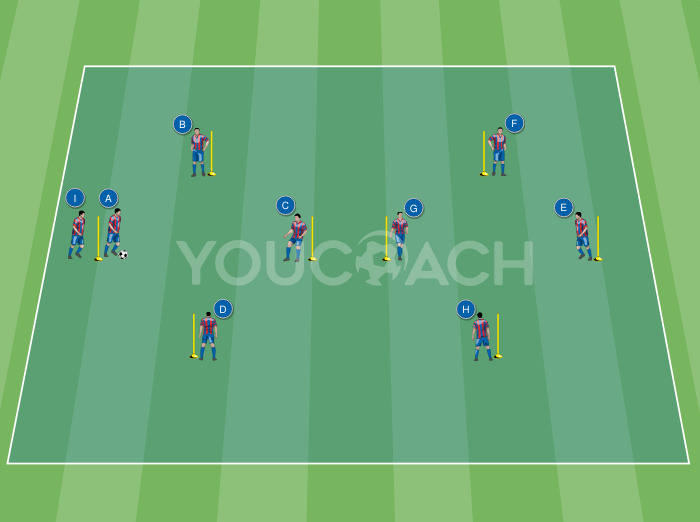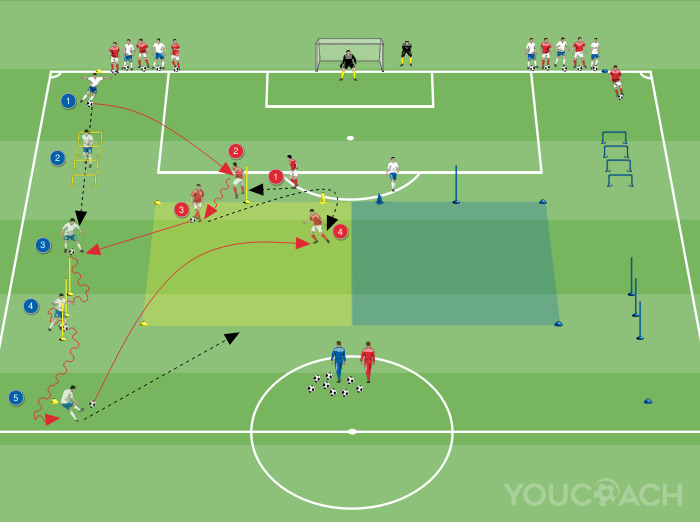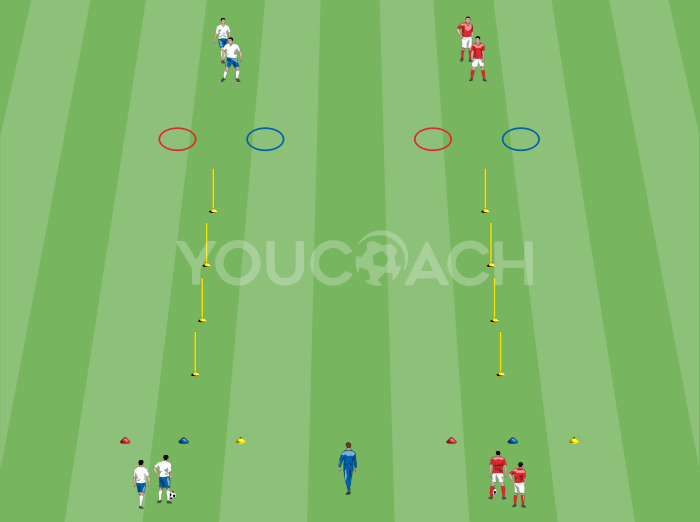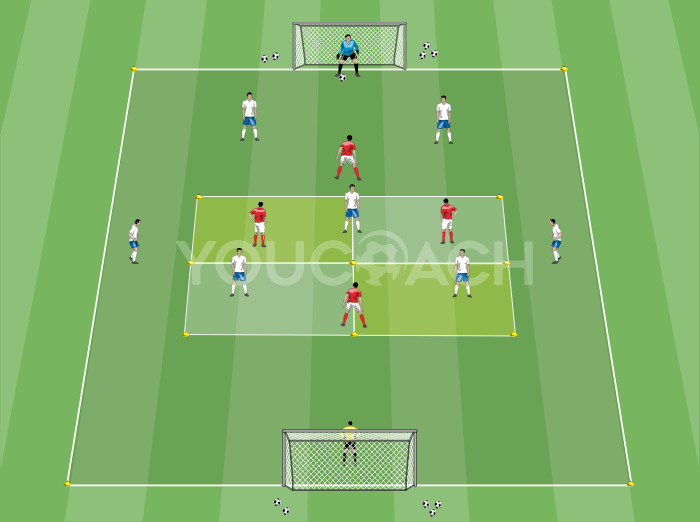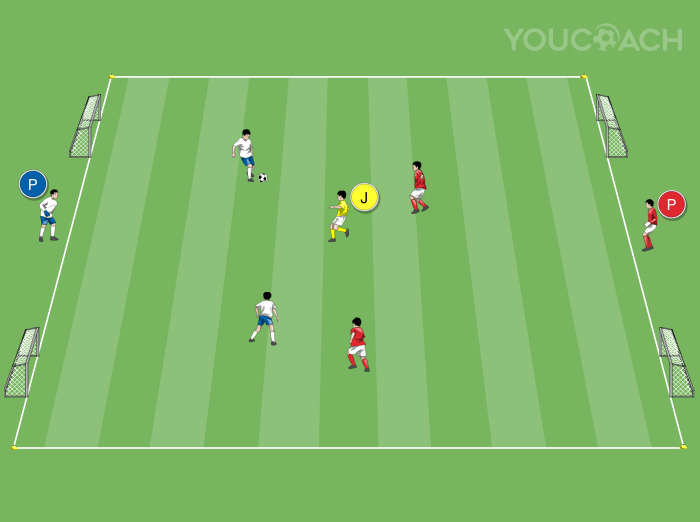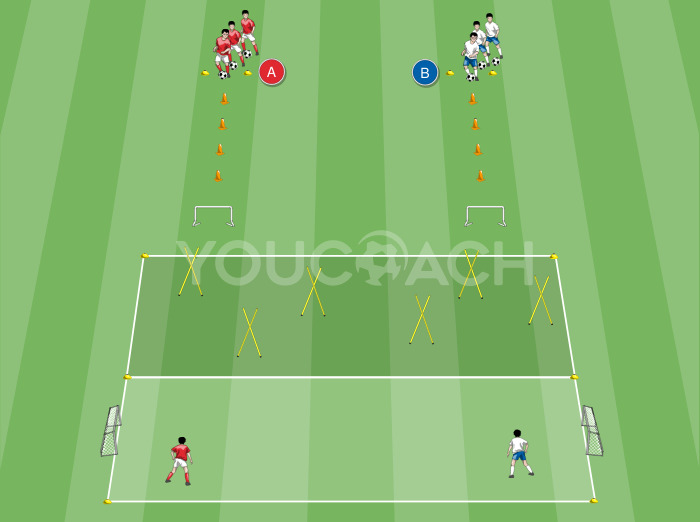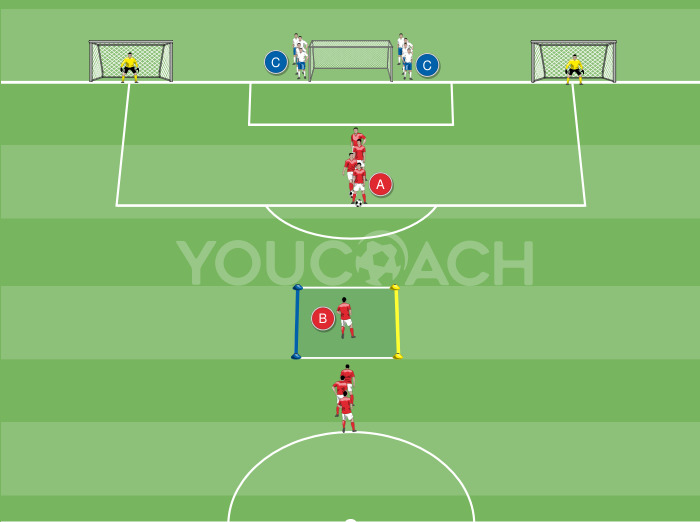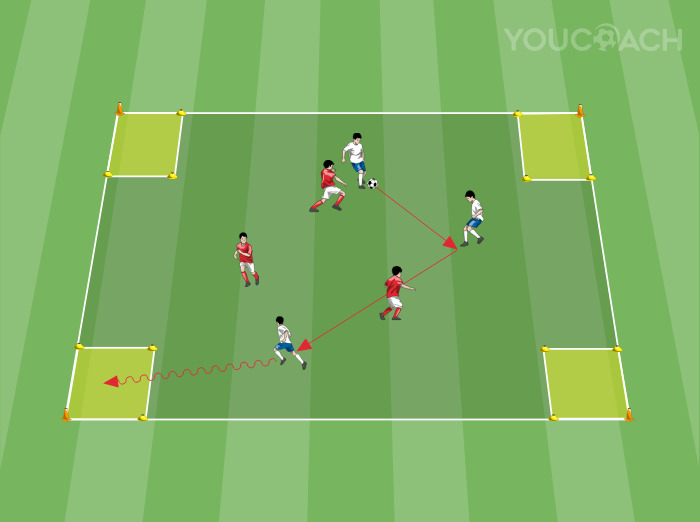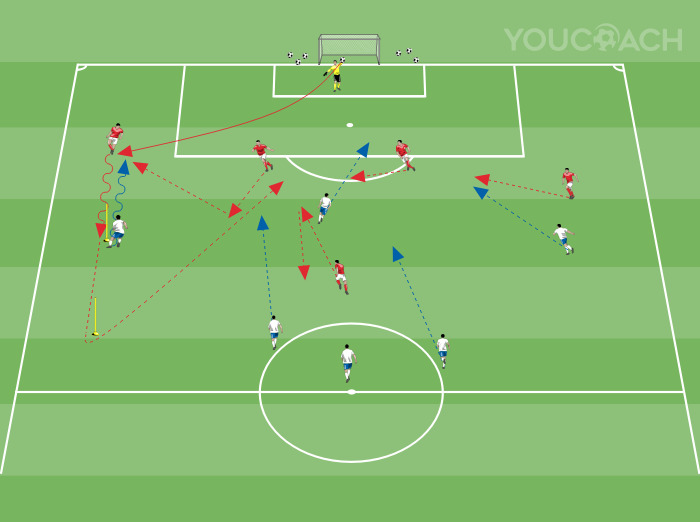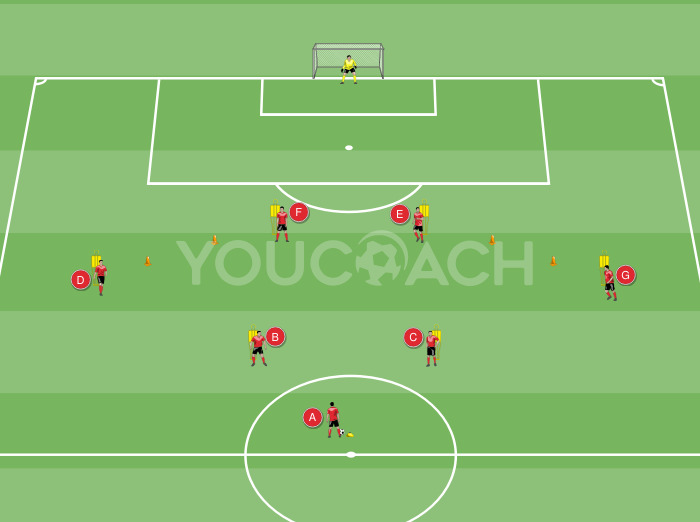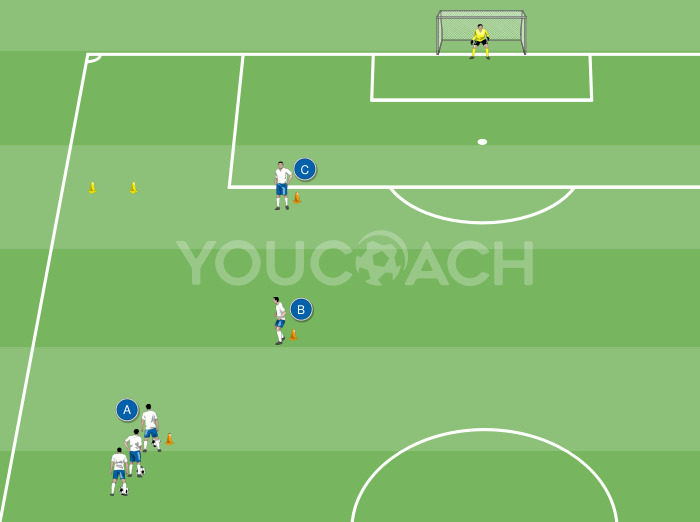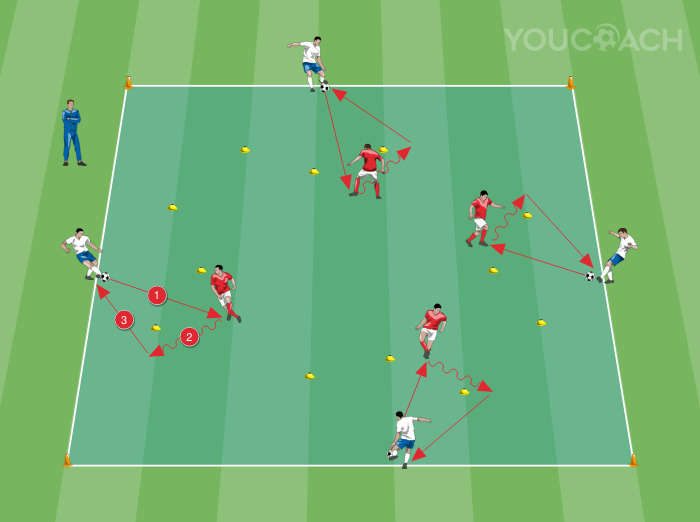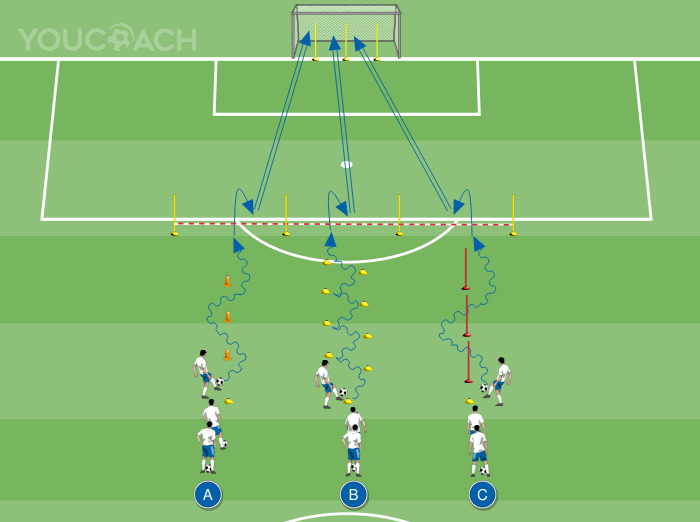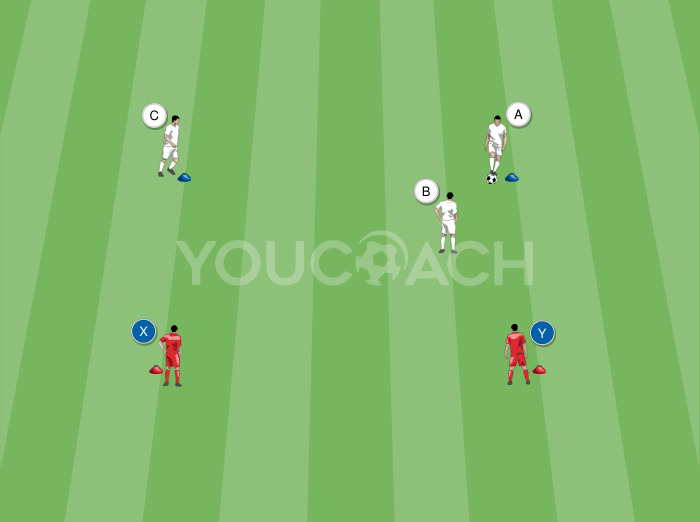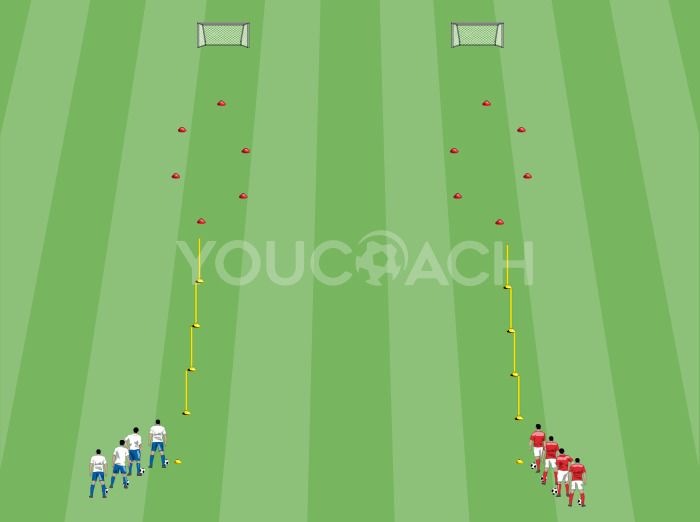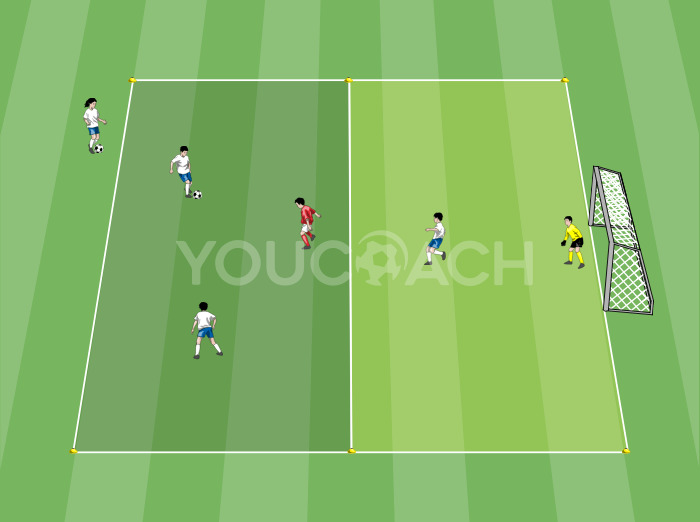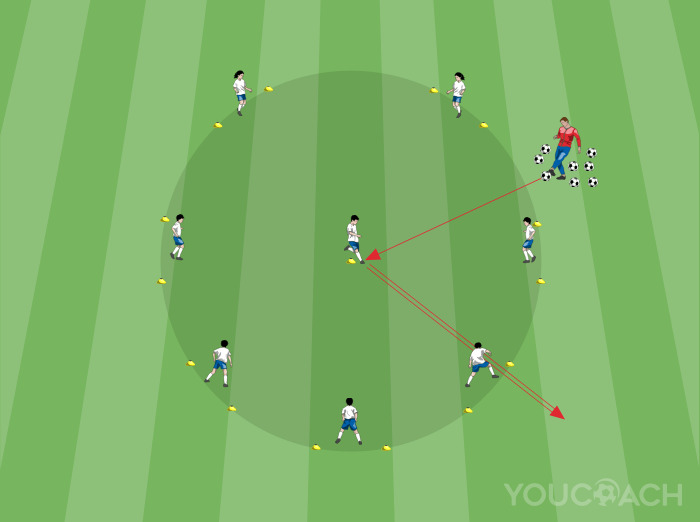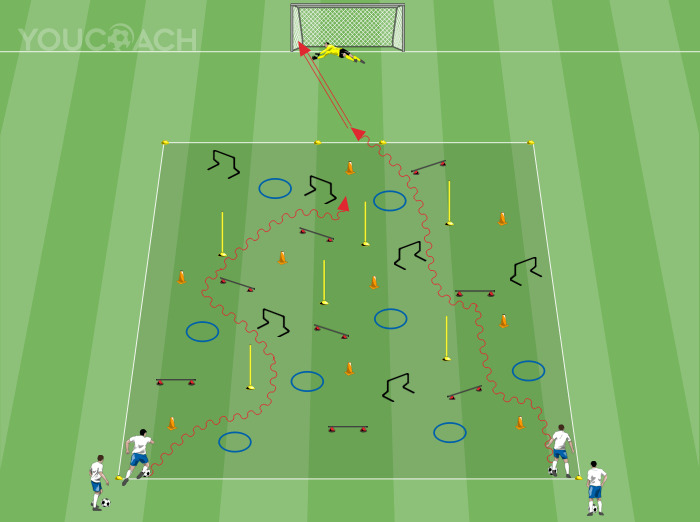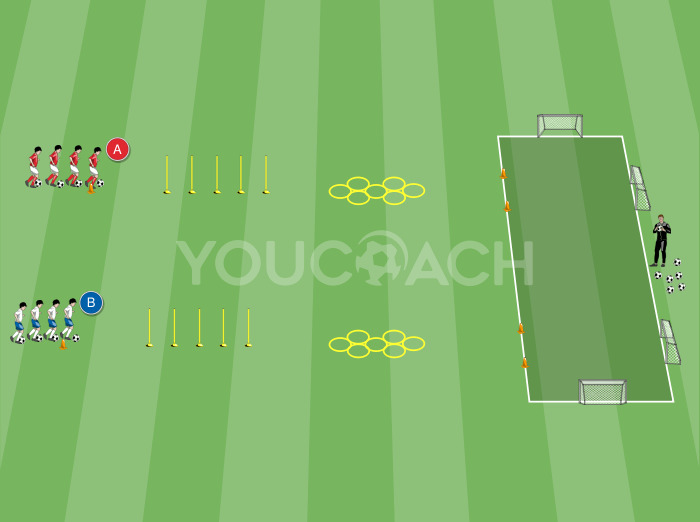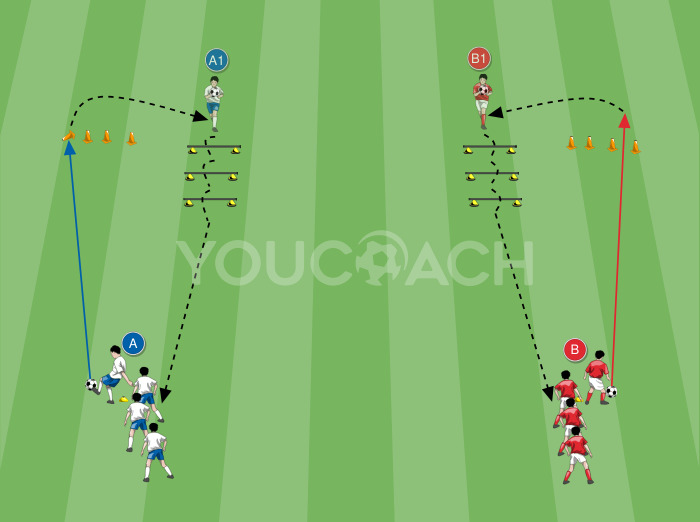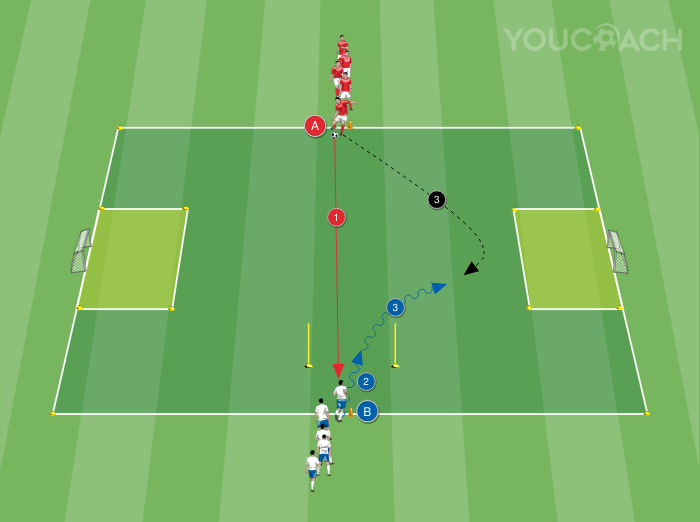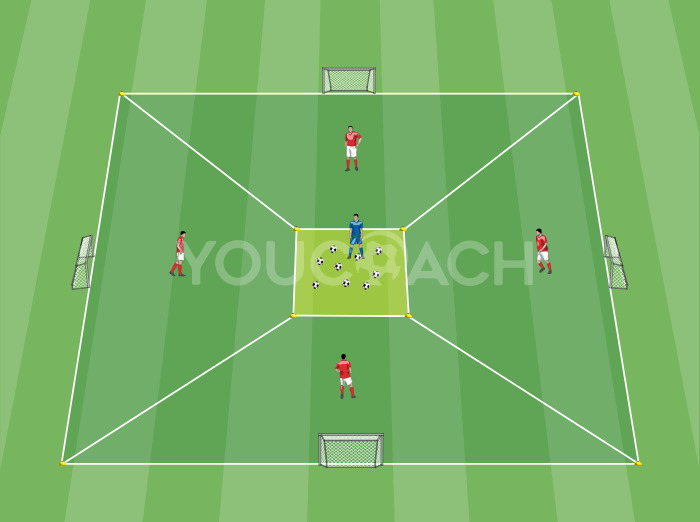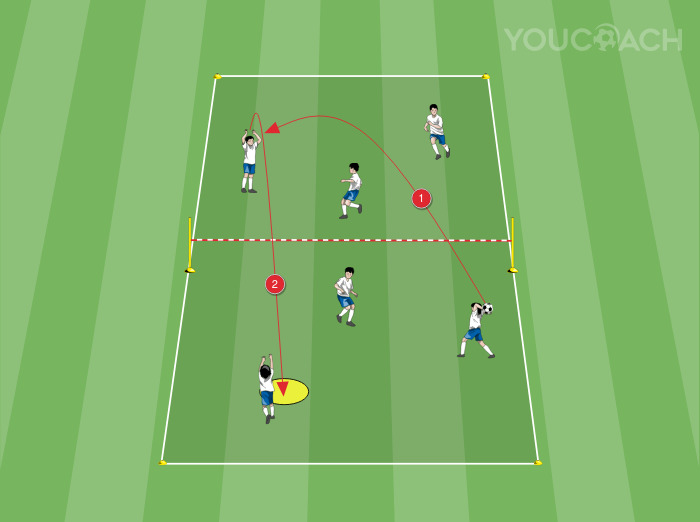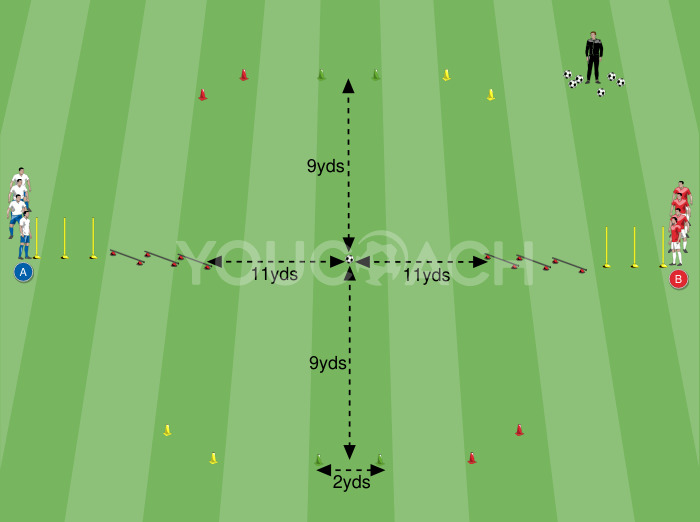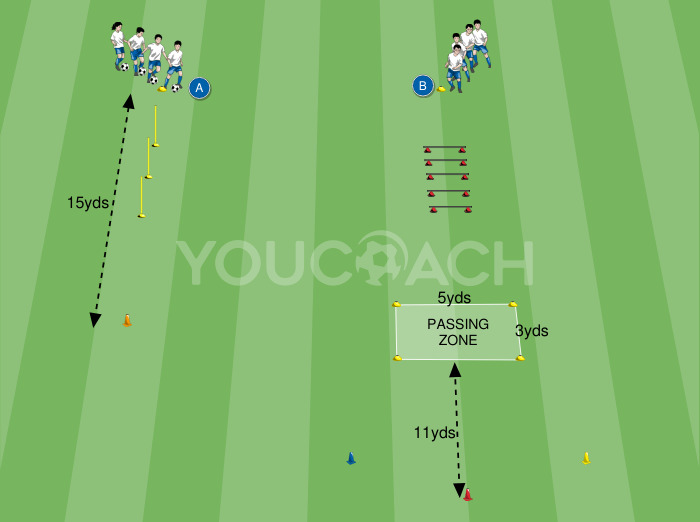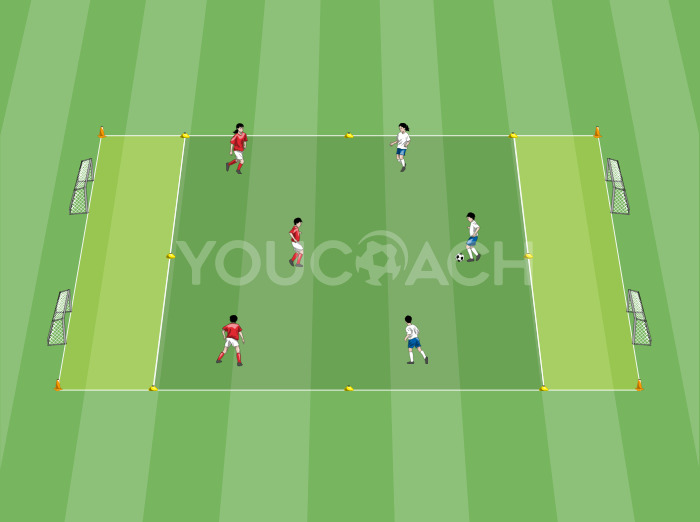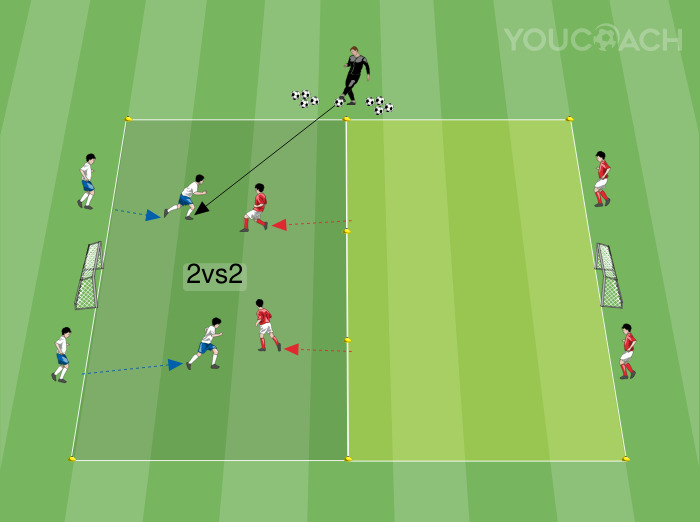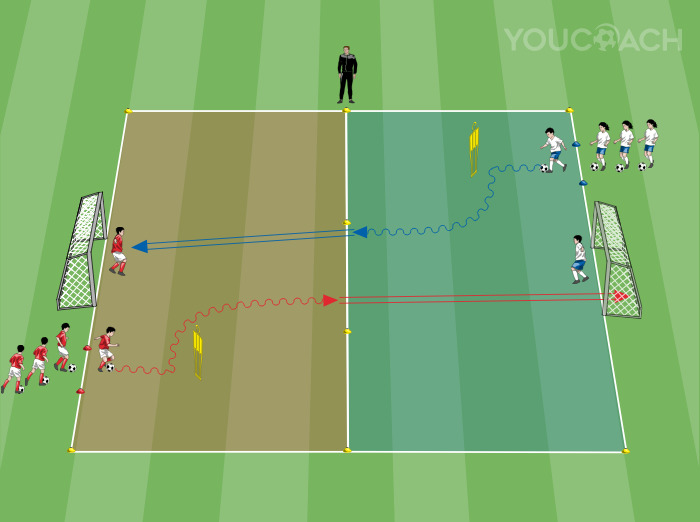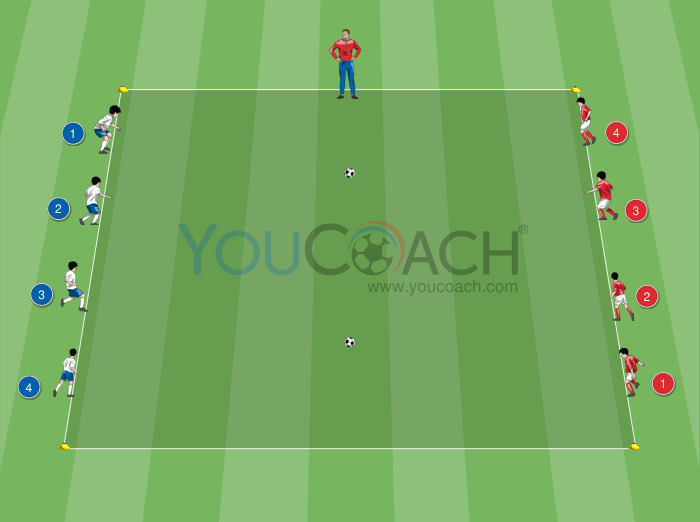Nutrition in young players - Part 1
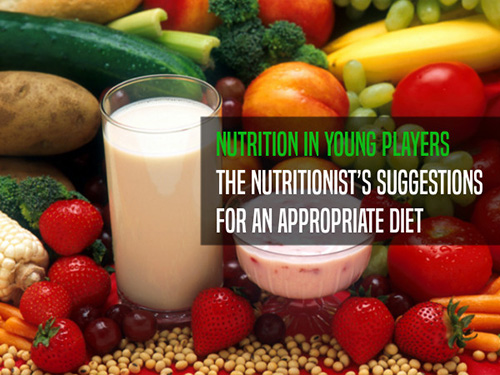
|
What do young players need? Which are the most appropriate foods for their diet? The nutritionist’s suggestions |
In adult athletes a correct energy balance is crucial to optimize training, recovery and match performance. In young athletes these aspects should remain secondary, the primary objective being the maintenance of appropriate growth and maturation. Research performed up to now on diet manipulation and physiological impact of training is limited by ethical issues concerning their potentially negative effects on growth and maturation processes (1)
In the past few decades the number of young athletes approaching sports aiming at higher level competition has been increasing considerably. This expansion has been favoured particularly by the improvement of specific training means. Training and enhanced physical activity are important, although their impact on the growth process of young athletes has not yet been fully understood. Most of the present knowledge on the adaptations to training and nutrition is based on studies performed on young university or college students, or on middle-aged or older adults. The present study demonstrates that the energy expenditure and metabolism of adolescents can differ from those of the adults and, therefore, many of these recommendations cannot give any clear and exhaustive view of the real nutritional needs of young athletes (2-3)
The caloric expenditure during the growth stages varies according to the maturation periods, changing from a phase of higher caloric expenditure in early childhood and childhood to a progressively decreasing expenditure in late childhood and adolescence, corresponding to a slower growth rate (5) . In view of this, primary institutions like F.A.O. / O.M.S. / U.N.U. have defined the caloric requirements recommendations according to age. Table 1 gives the caloric recommendations for physically active boys and girls.
|
Age (years) |
Boys (kcal/day) |
Girls (kcal/day) |
|---|---|---|
|
6-7 |
1800 | 1650 |
|
7-8 |
1950 | 1775 |
|
8-9 |
2100 | 1950 |
|
9-10 |
2275 | 2125 |
|
10-11 |
2475 | 2300 |
|
11-12 |
2700 | 2475 |
|
12-13 |
2925 | 2625 |
|
13-14 |
3175 | 2725 |
|
14-15 |
3450 | 2855 |
|
15-16 |
3650 | 2875 |
|
16-17 |
3825 | 2875 |
|
17-18 |
3925 | 2875 |
|
Table 1: Daily energy requirements according to age for boys and girls performing high level physical activity From FAO/WHO/ONU, 2004 [4] |
||
| Age (years) | Boys | Girls |
|---|---|---|
| 4-6 | 1800 | 1800 |
| 7-10 | 2000 | 2000 |
| 11-14 | 2500 | 2200 |
| 15-18 | 3000 | 2200 |
|
Table 2: Hoch AZ, Goossen K, Kretschmer T. Nutritional requirements of the child and teenage athlete. Phys Med Rehabil Clin N Am 2008; 19(2):373-98. |
||
| LARN FOR ENERGY | |||||
| Age | Weight | MB | ENERGY REQUIREMENTS FOR A LAF OF: | ||
| (Years) | (Kg) | (kcal/day) | 25° pct | Average | 75° pct |
| Male | |||||
| 6 | 23.3 | 1030 | 1480 | 1640 | 1770 |
| 7 | 26.2 | 1100 | 1580 | 1750 | 1880 |
| 8 | 29.5 | 1180 | 1690 | 1870 | 2010 |
| 9 | 33.2 | 1260 | 1810 | 2000 | 2150 |
| 10 | 37.2 | 1320 | 2210 | 2300 | 2460 |
| 11 | 41.7 | 1400 | 2340 | 2440 | 2610 |
| 12 | 46.9 | 1490 | 2490 | 2600 | 2780 |
| 13 | 52.7 | 1590 | 2670 | 2780 | 2970 |
| 14 | 58.7 | 1700 | 2840 | 2960 | 3170 |
| 15 | 63.5 | 1780 | 2990 | 3110 | 3330 |
| 16 | 66.6 | 1840 | 3080 | 3210 | 3430 |
| 17 | 68.2 | 1860 | 3130 | 3260 | 3480 |
|
MB: Basal metabolism; LAF: Level of physical activity; pct: percentile25 MB and energy values are rounded to 10 kcal/day Age according to birth date: e.g., 4 years means the time period between the 4th and 5th birthdays Body weight according to the average values per age reported by Cacciari et al. (2006). For 1,5 years the value has been calculated by interpolation MB estimated by the equation of Schofield et al. (1985) LAF values (25th percentile – average – 75th percentile) were chosen according to the expected distribution in the children and adolescent population (SACN, 2011) equal to: < 3 years 1.35 - 1.39 - 1.43; 3-9 years 1.42 - 1.57 - 1.69; 10-18 years 1.66 - 1.73 - 1.85 Energy requirement obtained by increasing the DET by 1% to take into account the energy deposited in newly synthesized tissues The reported values are given as an example and are not regulatory. |
|||||
Proteins are fundamental to the growth process in that they supply all the necessary amino acids, help the development of the skeletal muscle resulting from physical activity and contribute to improve muscle recovery in training pauses.
On average, adult athletes have a quite higher demand for protein intake compared to sedentary adults (10) A general recommendation is an intake of between 0.8 and 1.2 grams of protein per kg of body weight (for instance, for a boy weighing 60 kg values should range between 48 gr and 72 gr daily). The American College of Sports Medicine and the American Dietetic Association recommend for active adults daily intakes between 1.2 and 1.8 gr/kg of body weight (corresponding to 70-110 gr/day for a boy of 60 kg weight) (11,12). This recommendation seems to be adequate also for young athletes (13,14), also because during infancy the growth process and the consequent synthesis of new tissues lead to an elevated demand of amino acids (15).
FATS
In terms of caloric requirements most of the sources recommend a lipid intake of about 25% (maximum 30%), that is the same for both sedentary and active individuals (21). An intake higher than 30% should be avoided for it could favour obesity (e.g., a boy of 16 and 60 kg weight with a diet of 3000 kcal/day, a lipid requirement of 25%, that is 750 calories, i.e., about 85 gr/day). Dietary fat (and deposited fat) play an important role not only in favouring healthy growth and maturation processes but also for the absorption of fat-soluble vitamins A, D and K and for the synthesis of cholesterol and sexual hormones (25).
Beside leading to obesity and overweight of young people, excessive lipid intake may start the pathogenesis of cardiovascular disease, which becomes full-blown in adulthood but begins during the growth process as a result of wrong nutritional choices (22, 23, 24) of parents and environment (family, school, etc.). Therefore, it is essential not only to quantify added fats such as oil, butter, etc,, but also to be aware that fats are present also in fish, meat, cheese, etc, and must be duly considered in order to avoid exceeding the individual daily threshold.
|
Fats per 100g food (Average data varying according to product quality and brand) |
||
|
MEAT |
Beef (steak) Chicken (breast) Raw ham Bologna |
15.32 g 0.40 g 18.52 g 35.8 g |
|
FISH |
Canned tuna in oil Salmon (slice) Sole (frozen) |
8.2 g 10.43 g 1.93 g |
|
CHEESE |
Grana cheese Asiago cheese Ricotta |
28 g 21.3 g 7.9 g |
|
CEREALS |
Oatmeal Pasta Rice |
7.5 g 1.5 g 0.5 g |
| Other foods |
Potato chips Rusks Biscuits (e.g. Macine) Mc Donald's (Big Mac) |
32.2 g 5.5 g 21 g 26 g |
| The nutritional values reported here were obtained from USDA (United States Department of Agricolture) database on nutritional values, and INRAN database on foods compositions | ||
CARBOHYDRATES
Young athletes demonstrated to be unable to store glycogen in muscles as their adult counterpart, and the utilization of the same carbohydrates by young athletes results to be less efficient and fats remain the primary fuel (28). This inability to store glycogen must be taken into account because it may lead to an accelerated fatigue increase during intense prolonged training as a result of the lack of blood glucose ready for use. To this purpose the possibility of introducing exogenous sources of carbohydrates during training has to be considered.
Coming back to the example of the boy aged 16 some practical considerations can be made on his recommended daily caloric intake and macronutrients breakdown.
| Boy aged 16, 60 kg weight, 3-4 weekly training sessions and match on the weekend | ||
| 3000 kcal | ||
| Proteins | About 90 g | 1.5 g for 1 Kg weight |
| Fats | About 85 g | 25% of daily calories |
| Carbohydrates | About 480 g | 8 g for 1 Kg weight |
Bibliography


